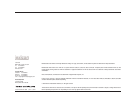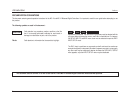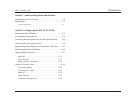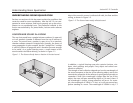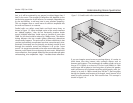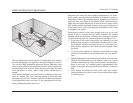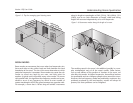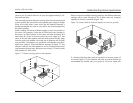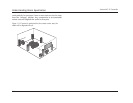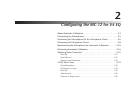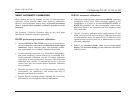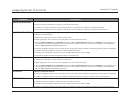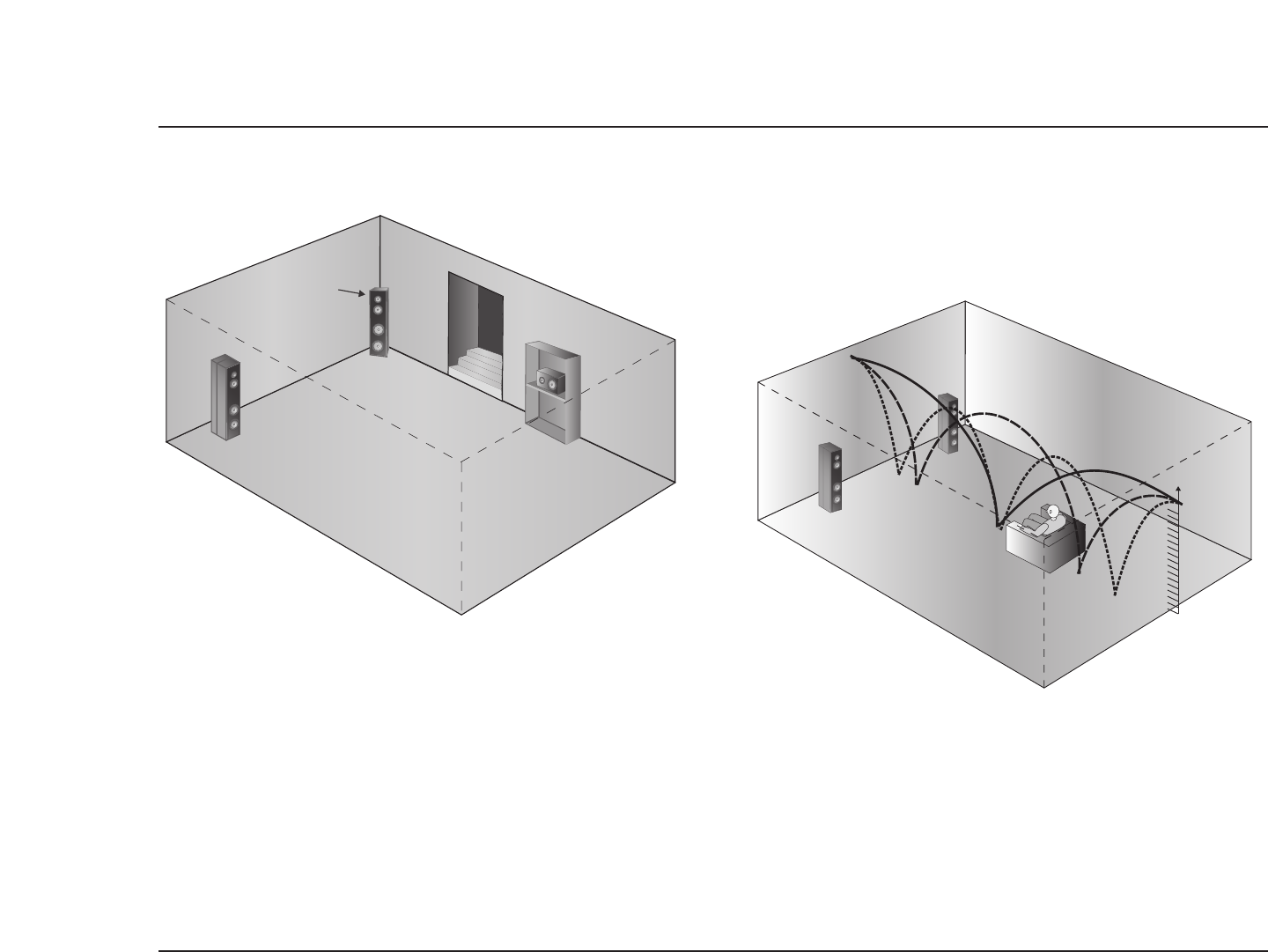
Understanding Room Equalization
1-5
Version 4 EQ User Guide
ROOM MODES
Room modes are resonances that occur when low frequencies rein-
force each other as they reflect back and forth between the hard
boundaries of the room. The size of the room determines at which
particular frequencies it resonates. Room modes can cause the sub-
woofer to sound very loud for one note, and fairly quiet for
another. A typical room will exhibit many room modes. For rooms
with parallel walls, the significant low-frequency modes can be pre-
dicted to occur at any frequency for which an even number of
quarter wavelengths will fill the space between two opposite walls.
For example, a room that is 18 feet long will exhibit a resonance
Corner position bad
unless speaker
specifically designed
to be placed here
Open staircase
can resonate
Not good unless
speaker was intended
to be placed on a
bookshelf
Figure 1-5. Tips for arranging your listening room.
along its length at wavelengths of 36 ft (31Hz), 18 ft (63Hz), 12 ft
(94Hz), and so on. Each dimension of length, width and ceiling
height will resonate independently at its own frequencies.
The resulting sound in the room is the addition (possibly in a com-
plex mathematical way) of all the room's modes. Other factors,
such as wall stiffness or the position of furniture in the room, can
also affect the modes. At higher frequencies, these effects become
less predictable and can change as people move around the room.
However, the low-frequency modes are predictably consistent. Any
problems produced by the low-frequency modes will always be
present, but those problems can be mitigated.
Amplitude
Figure 1-6. Resonance modes along the length of a room.



